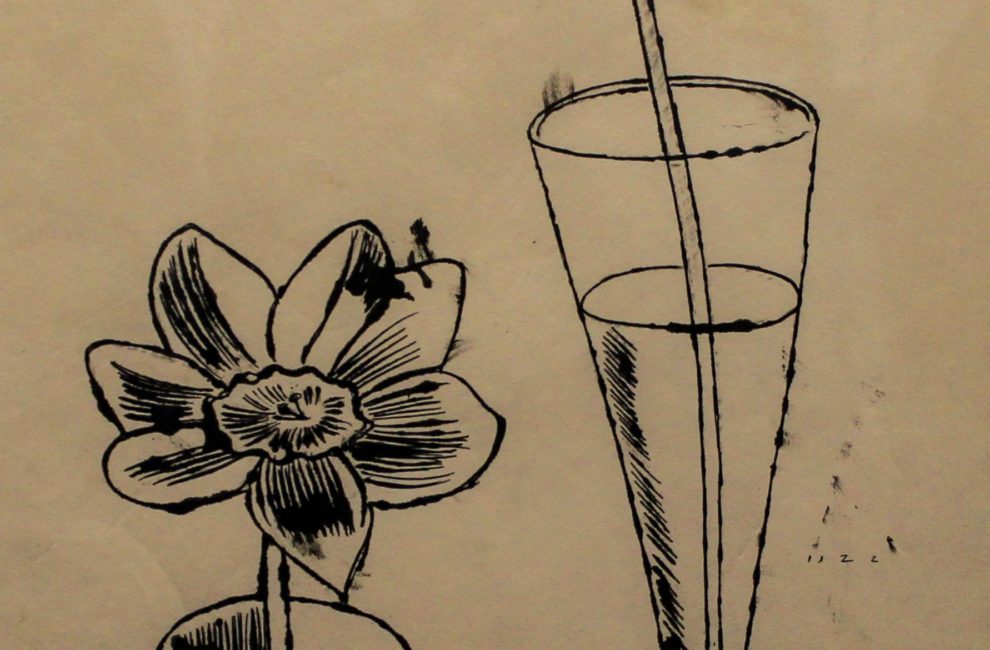
Local Gallery Showcases Warhol's Pre-Pop Works In National First
Before making silkscreen prints of Marilyn Monroe, painting Campbell’s soup cans, and filming a man sleeping, Andy Warhol made illustrations. His work in the 1950s turned stodgy shoe companies into icons of cool, appeared on the covers of records by Thelonious Monk, Count Basie, and others, and in the famous Bonwit Teller display window. Yet this period of Warhol’s career has rarely been celebrated.
The Long-Sharp Gallery’s new exhibit Andy Warhol: Pre-Pop is the first in the nation to show more than two dozen pieces from the era, most of which were acquired from the artist’s estate. All but one are for sale.
Warhol’s works from the ’50s didn’t begin to develop a following until five or 10 years ago, when museums started to show exhibitions devoted exclusively to them in the United States and abroad, says gallery owner Rhonda Long-Sharp. But even knowledgeable Warholics expected to see his commercial work in them, not his personal collection.
Lack of exposure is one reason these pieces haven’t kept pace in price with Warhol’s Pop art, which can fetch as much as a half-million dollars for a smaller, better-known painting. Long-Sharp is already fielding purchasing inquiries for work featured in the show, and it’s no wonder—the drawings range from $9,000 to $45,000.
Jean Robertson, an art history professor at IUPUI Herron School of Art + Design, says this era of Warhol work is probably overshadowed by his later success, but the period was pivotal to his development.
He invented the blotted line technique, which would become famous in the art world. Robertson says the story goes like this: Warhol, still in college at the tail end of the ’40s, was with a group of friends at a dive bar. He made a drawing in wet ink and blotted it with a napkin. After doing so, he realized he had made a copy of the drawing. A new technique was born, and he spent the next decade refining it.
Many of the pieces at the gallery were done using the technique. It’s visible in the uneven distribution of ink on the cherubs, fairies, and faces, and gives each a unique quality, even if other copies of the master drawing exist.
Taken together, the pieces on display show Warhol as a full individual, Long-Sharp says. Whimsical, winged figures show a delicate side of the artist, who was a devout Catholic, and call back to his mother. A drawing of a bodhisattva from his first trip overseas shows his attention to detail through its accurate Japanese characters. Another drawing, believed to be for an unpublished book, reveals his sense of humor.
“This is what he wanted to show,” Long-Sharp says. “He didn’t want to show his shoes. He didn’t want to show soup cans. This is what he wanted to show.”
Andy Warhol: Pre-Pop will be at the Long-Sharp Gallery (1. N. Illinois St., Suite A, 866-370-1601) through November 4.







